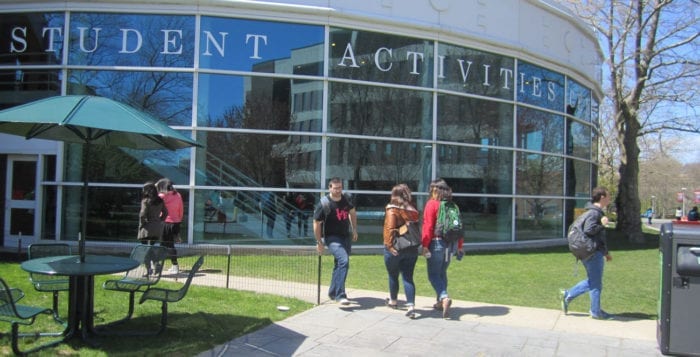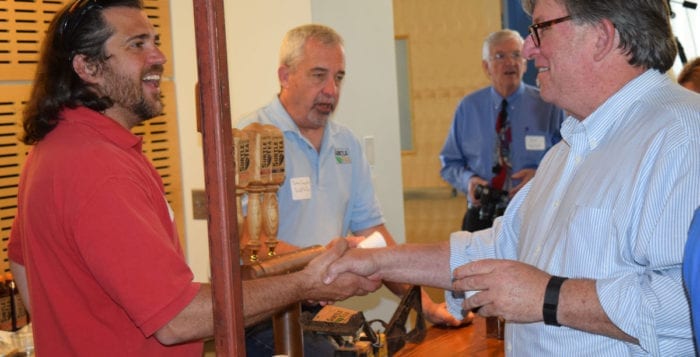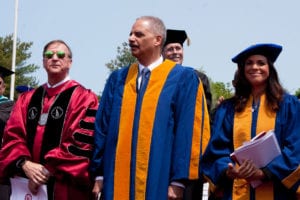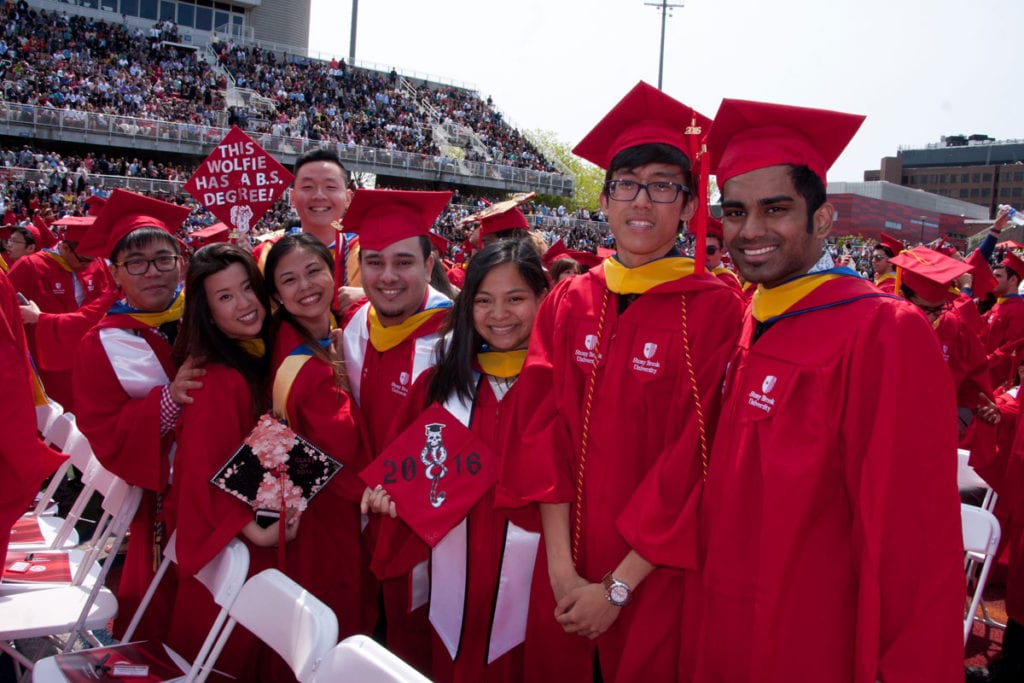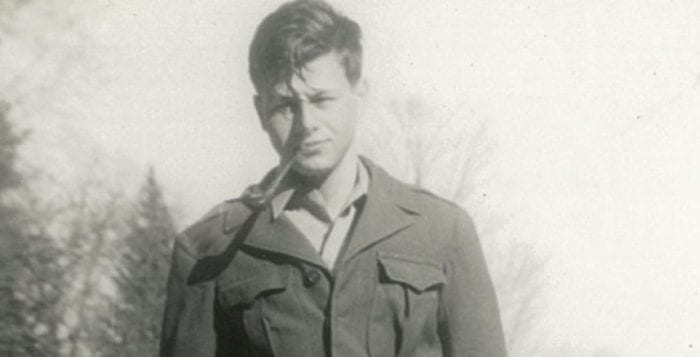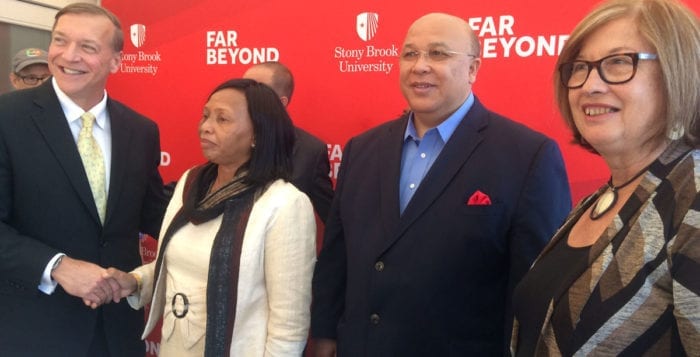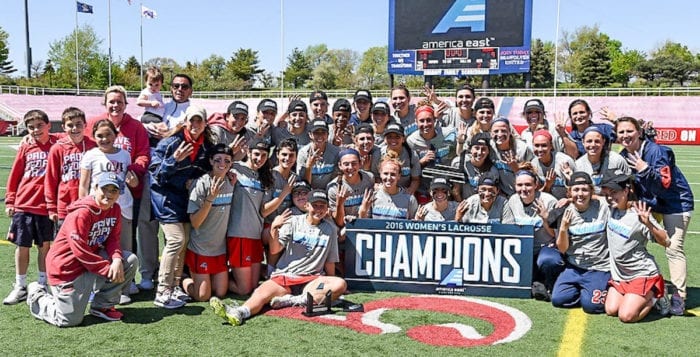By Colm Ashe
The general consensus among those who study the evaporating future of the global water supply is to blame population growth. However, a recent study out of Stony Brook University suggests climate change may be the dominant catalyst for future exposure to drought.
The number of people exposed to extreme drought would see a 426.6 percent increase by 2100 at the current rates of greenhouse gas emissions and population growth
A team of scholars used 16 climate models and United Nation population growth projections to ensure a more accurate prediction. The study reported that the number of people exposed to extreme drought would see a 426.6 percent increase by 2100 at the current rates of greenhouse gas emissions and population growth. While many might agree that water scarcity will become increasingly more problematic in the future — especially if preventative actions don’t amp up fast — there is a difference between what each party suggests is the best approach: to focus on slowing population increases with socioeconomic development or to cut the rate of greenhouse gas emissions. This study states the latter may be the most efficient way to avoid widespread drought.
Their predictions attribute 59.5 percent of future drought to climate change and only 9.2 percent of the increase to population growth. The remaining 31.4 percent accounts for the combined effect of these two factors. According to Stony Brook University’s professor Oleg Smirnov, who was involved in conducting the study, the “results imply that top greenhouse gas-emitters have the greatest capacity to decrease future exposure to extreme drought.”
Though climate change mitigation policies may have the power to most effectively reduce the future effects of widespread drought, population growth is still an important factor to consider. “Population growth alone is responsible for over 35 million more people exposed to extreme drought globally per month by the end of the century,” Smirnov said. “However, we also found that, for the same period, climate change is responsible for about 230 million more people exposed to extreme drought.”
The conclusion that Smirnov and his team have come to portrays climate change as playing a more important role than population increase. However, each country is affected differently by each factor, so the solution is not as simple as just cutting emissions. The worst-case scenario would be to continue at the present rate of both greenhouse gas emissions and population growth. Regardless of which factor ranks in terms of importance, this study and many others like it suggest the same message: if we are to counter the effects of future global drought exposure, we need to act as soon as possible.

